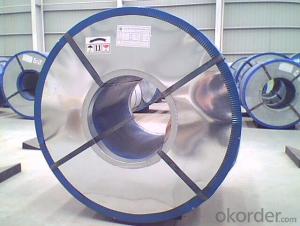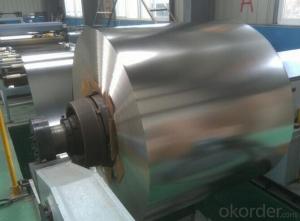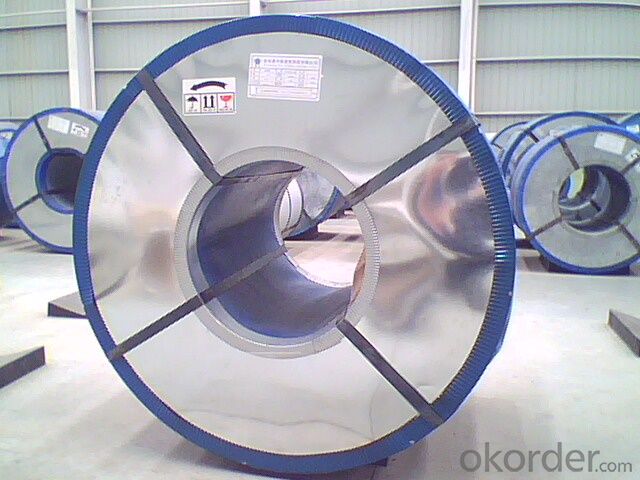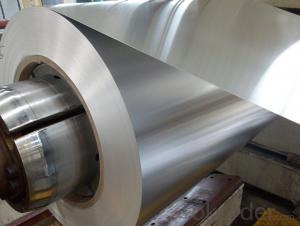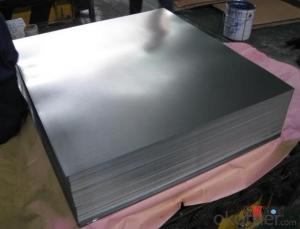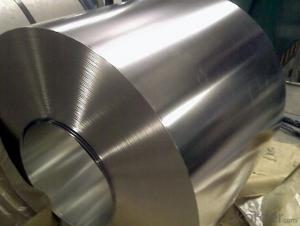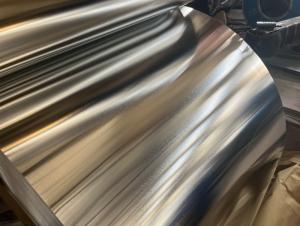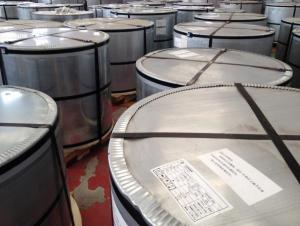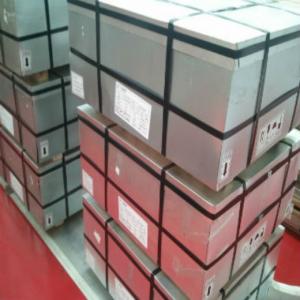Electrolytic Tinplate in Coils for Can Packaging
- Loading Port:
- Tianjin
- Payment Terms:
- TT OR LC
- Min Order Qty:
- 25 m.t
- Supply Capability:
- 7000 m.t/month
OKorder Service Pledge
OKorder Financial Service
You Might Also Like
1.Structure of Electrolytic Tinplate in Coils for Can Packaging Description
Electrolytic Tin Plate Coils and Sheets for Foods Metal Packaging, is one thin steel sheet with a coating of tin applied by electrolytic deposition. Tinplate made by this process is essentially a sandwich in which the central core is strip steel. This core is cleaned in a pickling solution and then fed through tanks containing electrolyte, where tin is deposited on both sides. As the strip passes between high-frequency electric induction coils, it is heated so that the tin coating melts and flows to form a lustrous coat.
2.Main Features of the Electrolytic Tinplate in Coils for Can Packaging
Appearance – Electrolytic Tin Plate is characterized by its beautiful metallic luster. Products with various kinds of surface roughness are produced by selecting the surface finish of the substrate steel sheet.
Paintability and printability – Electrolytic Tin Plates have excellent paintability and printability. Printing is beautifully finished using various lacquers and inks.
Formability and strength – Electrolytic Tin Plates have got very good formability and strength. By selecting a proper temper grade, appropriate formability is obtained for different applications as well as the required strength after forming.
Corrosion resistance – Tinplate has got good corrosion resistance. By selecting a proper coating weight, appropriate corrosion resistance is obtained against container contents. Coated items should meet 24 hour 5 % salt spray requirement.
Solderability and weldability – Electrolytic Tin Plates can be joined both by soldering or welding. These properties of tinplate are used for making various types of cans.
Hygienic – Tin coating provides good and non toxic barrier properties to protect food products from impurities, bacteria, moisture, light and odours.
Safe – Tinplate being low weight and high strength makes food cans easy to ship and transport.
Eco friendly – Tinplate offers 100 % recyclability.
Tin is not good for low temperature applications since it changes structure and loses adhesion when exposed to temperatures below – 40 deg C.
3.Electrolytic Tinplate in Coils for Can Packaging Images
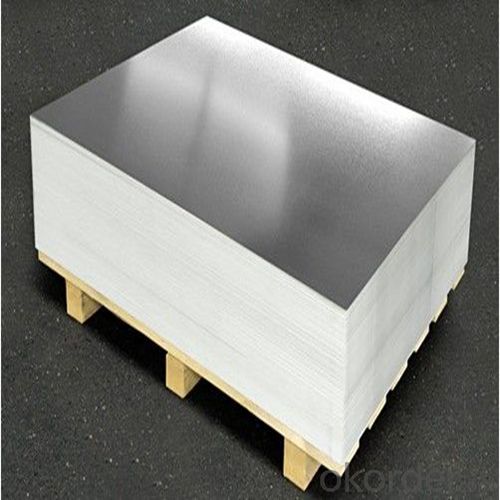
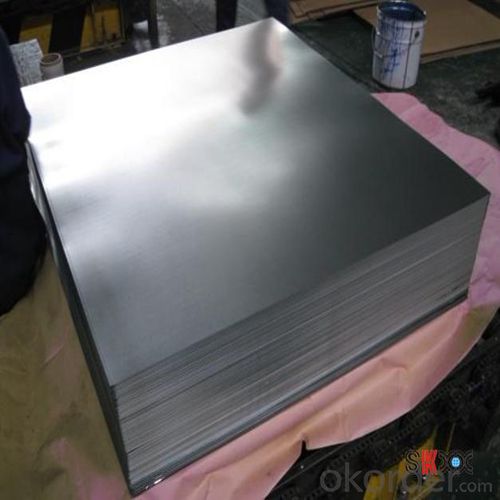
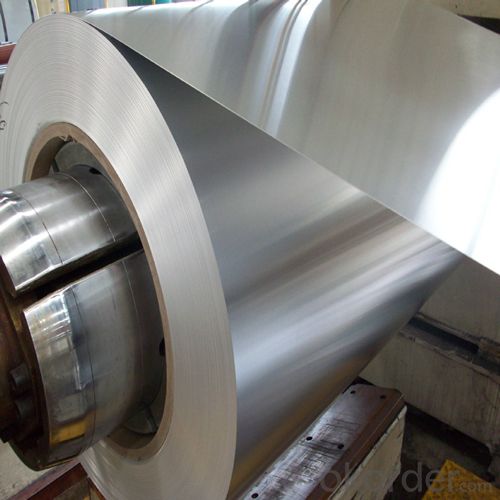
4.Electrolytic Tinplate in Coils for Can Packaging Specification
Standard | ISO 11949 -1995, GB/T2520-2000,JIS G3303,ASTM A623, BS EN 10202
|
Material | MR,SPCC |
Thickness | 0.15mm - 0.50mm |
Width | 600mm -1150mm |
Temper | T1-T5 |
Annealing | BA & CA |
Coil Inner Diameter | 508mm |
Weight | 6-10 tons/coil 1~1.7 tons/sheets bundle |
Passivation | 311 |
Oil | DOS |
Surface | Finish,bright,stone,matte,silver |
5.FAQ of Electrolytic Tinplate in Coils for Can Packaging
- How are the Electrolytic Tin Plates specified?
The Electrolytic Tin Plates are specified as per the steel base, extent of tempering, the coating weight, annealing method and the surface finish.
- How many types there are for base steels?
The base steels are of three types: Type MR, L, D
- Q: What are the different types of tinplate containers available?
- There are several different types of tinplate containers available, including cans, tins, boxes, and drums. These containers can come in various shapes and sizes, and they are often used for packaging food, beverages, chemicals, and other products. Tinplate containers are known for their durability and ability to protect the contents from external factors such as light, air, and moisture.
- Q: What are the cost considerations of using tinplate packaging?
- The cost considerations of using tinplate packaging include the price of the raw materials, production expenses, transportation costs, and potential waste management expenses. Additionally, the durability and reusability of tinplate packaging should be considered as they can impact long-term costs.
- Q: What are the different types of tinplate edge finishes?
- There are primarily three types of tinplate edge finishes: open top, tight top, and double tight top.
- Q: What kind of metal material is tinplate? How much is the current price per ton?
- In seventeenth Century, Britain, France, and Sweden all wanted to build their own tinplate industry, but they needed a lot of money. Therefore, the delay has not been developed. It was not until 1811 when Brian Donkin and John Hall opened tin canned food that tinplate was developed on a large scale. Now the whole world annual production capacity of 250 thousand tons more than 1/3 cieux, used in the manufacture of tinplate, which are mostly used in canned food industry.
- Q: How is tinplate used in the wine and spirits industry?
- Tinplate is commonly used in the wine and spirits industry for packaging purposes. It is often used to make metal cans or containers that hold wine and spirits. Tinplate helps to ensure the integrity and longevity of the product by providing a protective barrier against light, oxygen, and other external factors that can affect the quality and taste of the beverage. Additionally, tinplate can be decorated with various designs and branding, enhancing the overall aesthetic appeal of the packaging.
- Q: How does tinplate contribute to the protection of musical instruments?
- Tinplate is commonly used in the manufacturing of musical instrument cases and containers due to its durability, corrosion resistance, and ability to provide a protective barrier. It helps safeguard musical instruments from external factors such as moisture, dust, and impacts, ensuring their longevity and preserving their sound quality.
- Q: Is to buy canned tinplate or aluminum
- Buy tinplate, aluminum toxic, not good
- Q: Can you tell me how to deal with the recycling of tinplate?
- The tin is magnetic, is easy to recycle scrap. Second, waste tin as scrap iron and steel melted, make steel containing a small amount of tin (less than 0.1%), to improve the performance of cast iron.
- Q: What are the limitations of using tinplate?
- There are several limitations to using tinplate. Firstly, it is relatively expensive compared to other packaging materials such as aluminum or plastic. Secondly, tinplate is not as lightweight as some alternative materials, which can add to transportation costs and increase carbon footprint. Additionally, tinplate is susceptible to corrosion and can rust if not properly coated or maintained. Lastly, its use is limited to certain applications, and it may not be suitable for products that require high heat or pressure resistance.
- Q: How does tinplate perform in terms of electrical conductivity?
- Tinplate has relatively poor electrical conductivity compared to other metals, such as copper or aluminum. However, it can still conduct electricity to some extent, making it suitable for certain applications where electrical conductivity is not a critical requirement.
Send your message to us
Electrolytic Tinplate in Coils for Can Packaging
- Loading Port:
- Tianjin
- Payment Terms:
- TT OR LC
- Min Order Qty:
- 25 m.t
- Supply Capability:
- 7000 m.t/month
OKorder Service Pledge
OKorder Financial Service
Similar products
Hot products
Hot Searches
Related keywords
